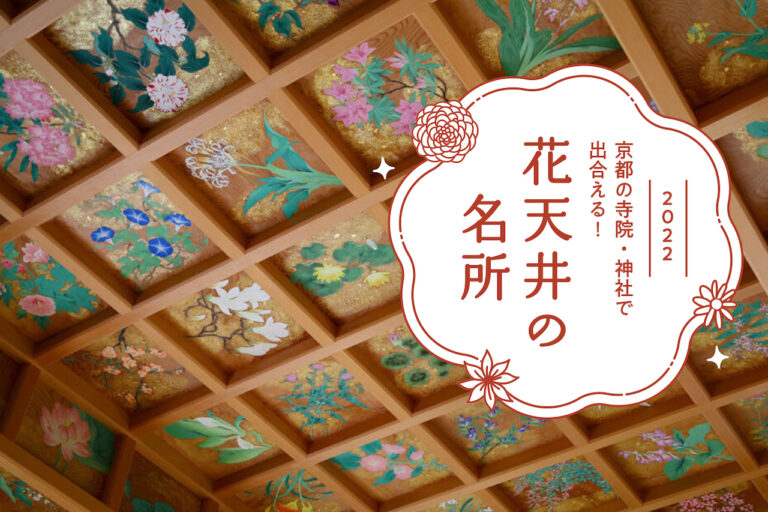
Meet at Temples and Shrines in Kyoto! 10 Places to Visit for Flower Ceilings
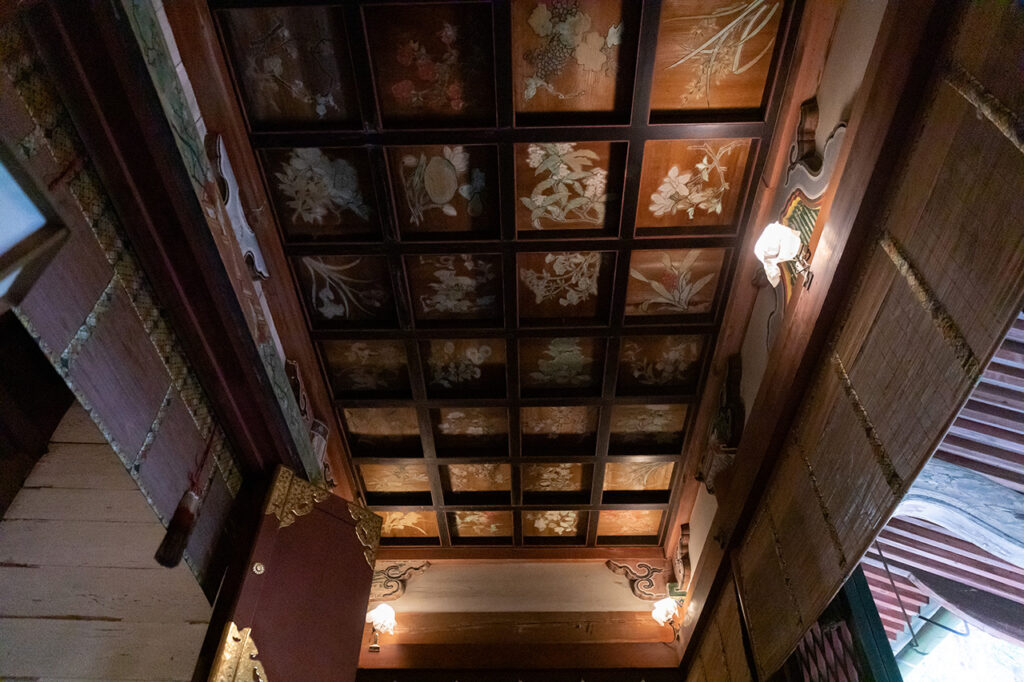

It is the oldest Hachimangu Shrine in Yamashiro Province, founded by Kobo Daishi in Daido 4 (809) as the guardian deity of Jingo-ji Temple. The present shrine pavilion was restored in 1826 by order of Emperor Niko. The flower ceiling in the inner sanctuary of the main hall is the same as it was in those days, with 44 paintings of flowers and medicinal herbs such as kanzo, etc., in richly colored colors. It is open to the public every spring and fall, and is also famous for its camellias and Takao maple trees.
It was built in Daido 4 (809) by Kobo Daishi as the guardian deity of Jingo-ji Temple, with a statue of Hachiman God in the form of a priest, which he himself painted, as its sacred body. It is the oldest Hachiman shrine in Yamashiro Province. It was destroyed by fire in the Muromachi period (1336-1573), but was rebuilt by the shogun of the time, Ashikaga Yoshimitsu. The current shrine pavilion was restored in 1826 under the order of Emperor Niko. The flower ceiling in the inner sanctuary of the main hall is also from that period, with 44 paintings of flowers, medicinal herbs such as kanzo, and other plants in extreme colors. It is open to the public every spring and fall, and can be viewed with commentary by Shunsuke Sasaki, the chief priest of the shrine. The temple is also famous for its camellias and Takao maple trees, which are at their best in the fall when they are open to the public. The special autumn viewing times coincide with the best time of year to view them.
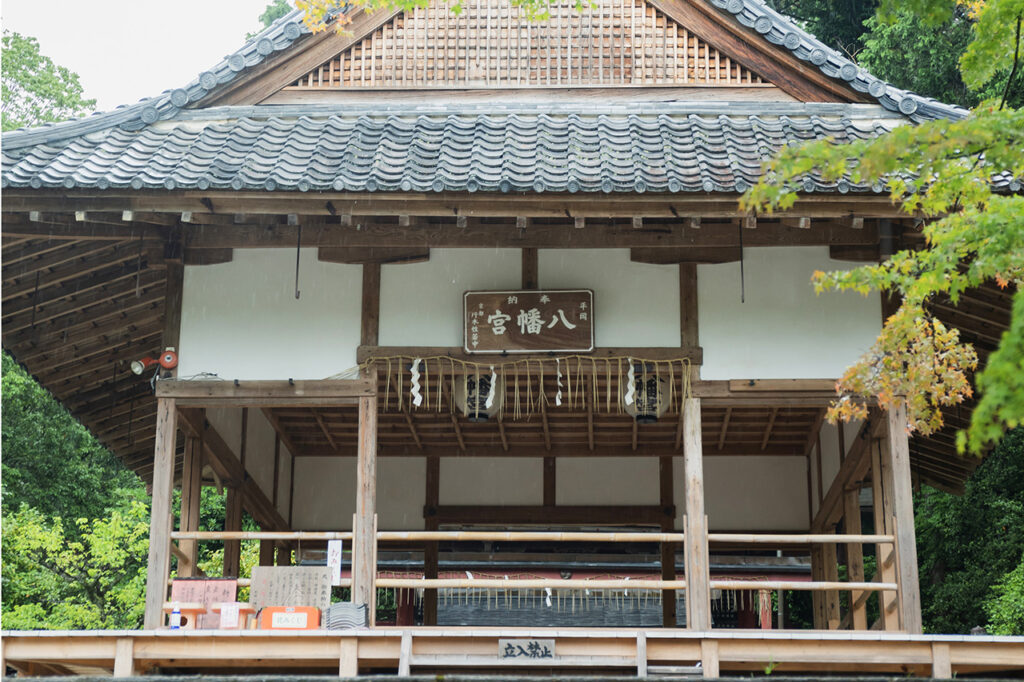

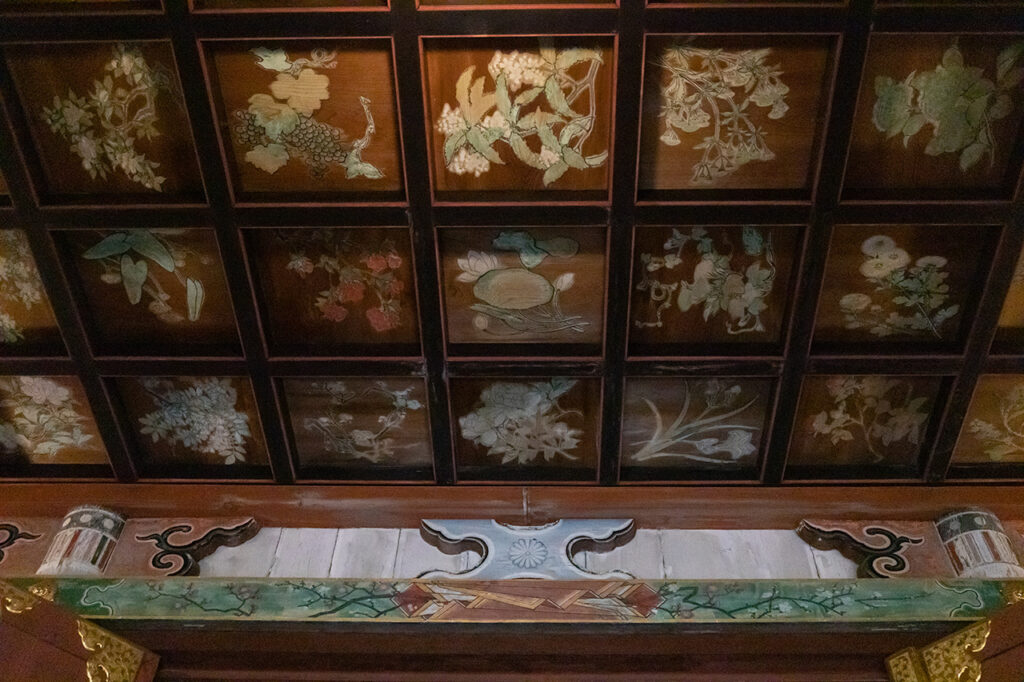
44 diverse botanical paintings open to the public in spring and fall.

It was painted in 1827 by the painter Ayato Kanejiro Fujiwara no Makoto. Since the Umegahata area used to be a medicine-producing area, medicinal herbs and other plants are also depicted in the painting.
There are 300 camellias of 200 species growing wild on the shrine grounds. There is a 500-year-old Hiraoka Hachiman Yabu Camellia to the east of the main shrine building and a 200-year-old weeping double-flowered Hakutama Camellia in the garden of the shrine office, which are at their best from late March to early April. There is also a garden called Camellia Trail, where early-blooming camellias can be enjoyed from late November.
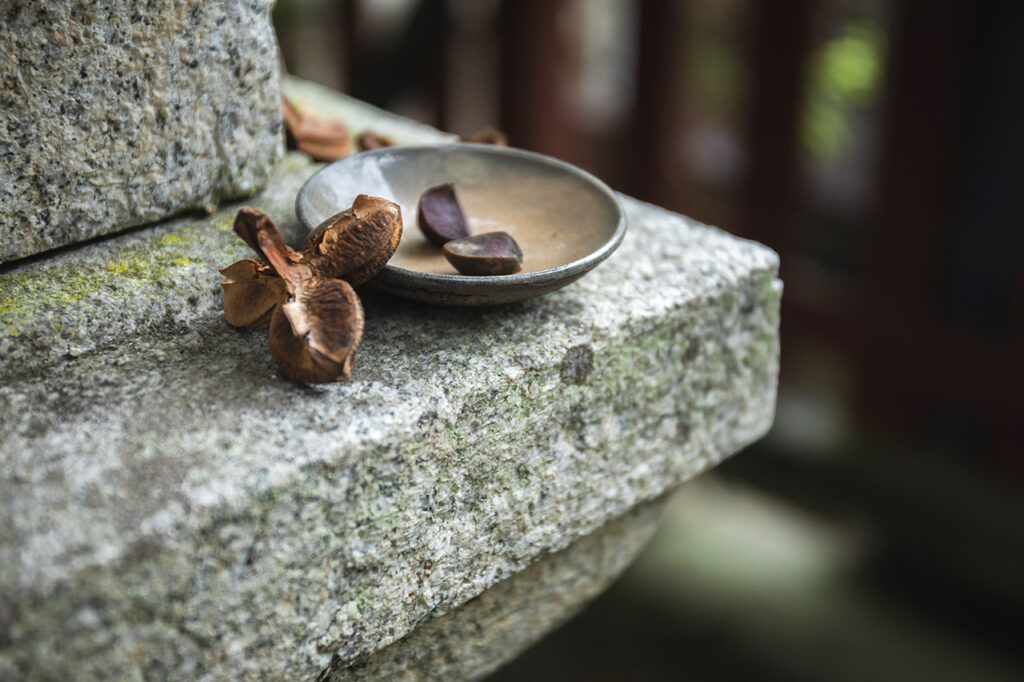

Goldfish-leaf camellia seen in the garden of the shrine office. It is a rare variety of camellia with the tips of its leaves divided into several sections like a goldfish's tail, and its unique appearance has made it popular. Do not tear off the leaves, but enjoy viewing them.
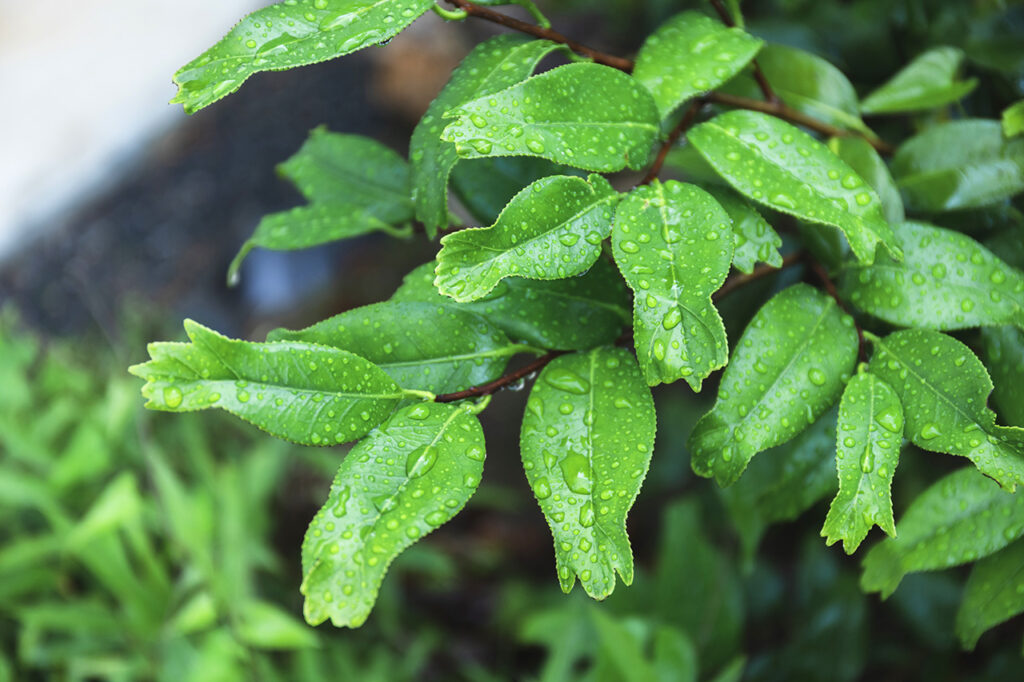

Beyond the torii gate is a 200-meter approach to the shrine. The path is flanked on both sides by a row of Takao maple and cherry trees, which are beautiful in spring, fresh green in summer, and red in fall. The ginkgo tree is called "Ohatsuki Ginkgo," which has leaves and gingko nuts attached to it, and is one of only about 20 precious ginkgo trees in Japan.
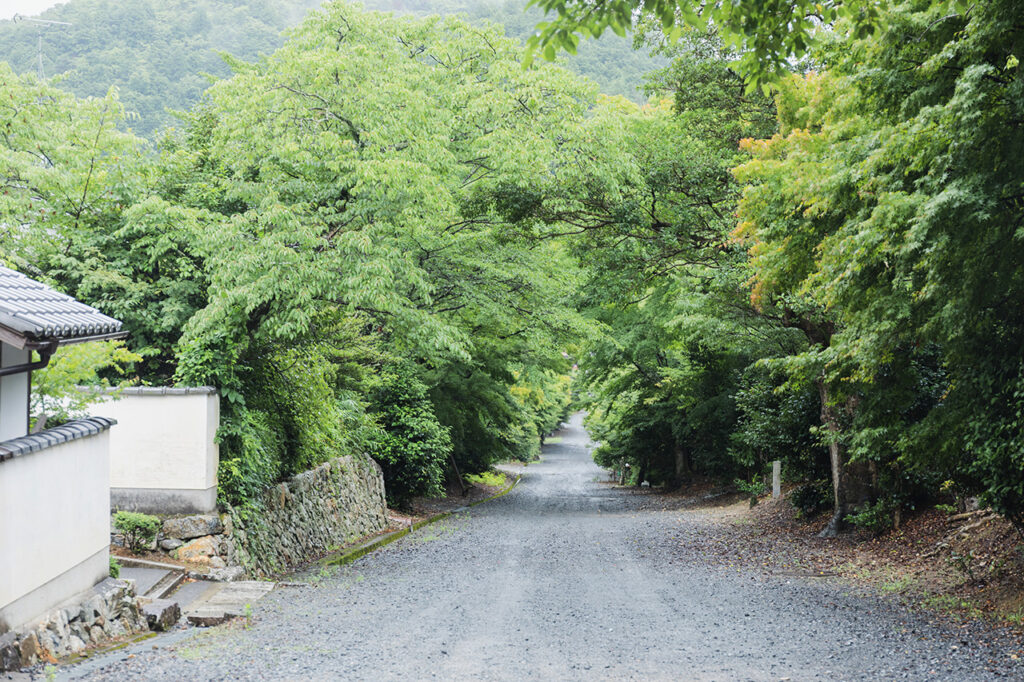

On the eight places on the kegyo, the gable decoration on the roof of the main shrine, there are cutout patterns of gourd patterns. It is said that this pattern represents Toyotomi Hideyoshi's senryu gourd and is proof that Hideyoshi donated the gourds to the shrine. It is said that Hideyoshi donated the gourds to the shrine.
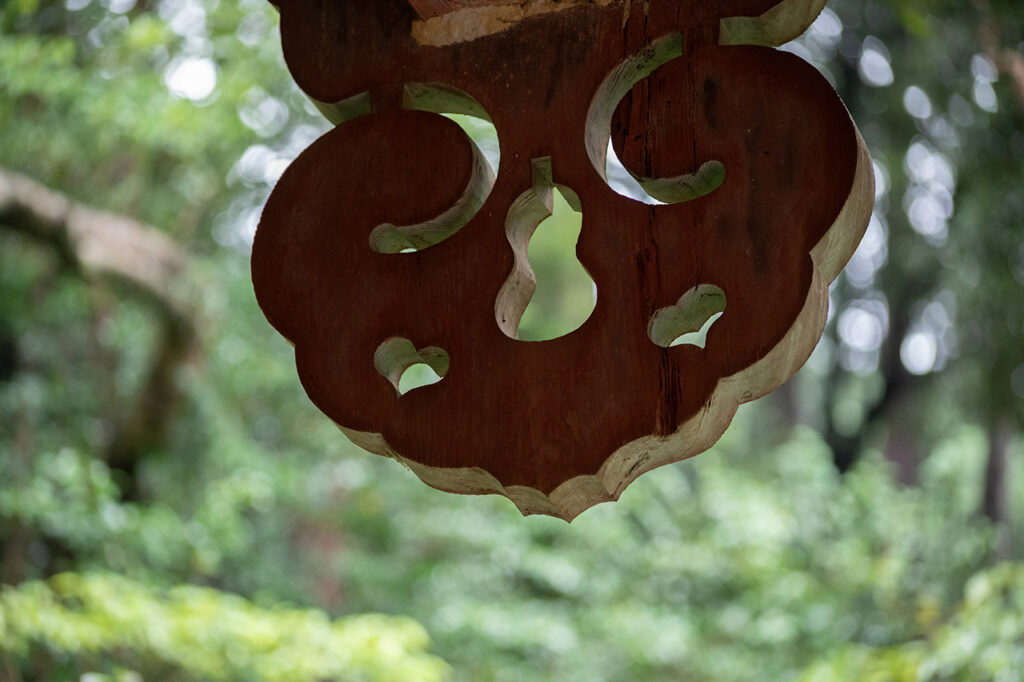

Over 600 interviews per year! An order site carefully selected by the editors who knows Kyoto and Shiga.
nowOfficial LINE friend registration500 yen OFF coupon is being issued!
Distributed every Friday morning at 8:00 am! From new restaurant information to event information that we want to share with you, We deliver articles about Kyoto that are useful to know. About 20,000 people have registered.Click here to add a friend!
 News
News Feature article
Feature article Featured event
Featured event